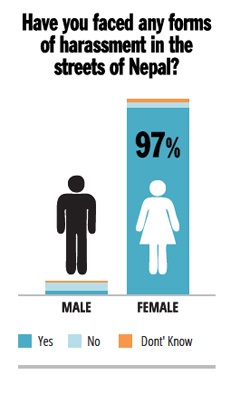Another city passed a law against street harassment in Latin America!
“In a unanimous vote, the city of Buenos Aires has enacted a law making public sexual harassment illegal in hopes of diminishing gender-based violence….
The law takes both a punitive and educational approach. It creates an easy way for women to report street harassment as a crime and requires police to take the situation seriously, which has not always been the case in Argentina. Proven cat-callers could be slammed with small fines or court-mandated public service. The legislation also creates educational campaigns within the health, education, and transportation ministries that would teach Argentines that any comment or interaction in the street still requires a woman’s consent. These programs will also emphasize how to spot street harassment and intervene on a victim’s behalf.”
Stay tuned, for UN Women I am working on a guide about street harassment and laws around the world, and I will share a full list in the coming weeks.


